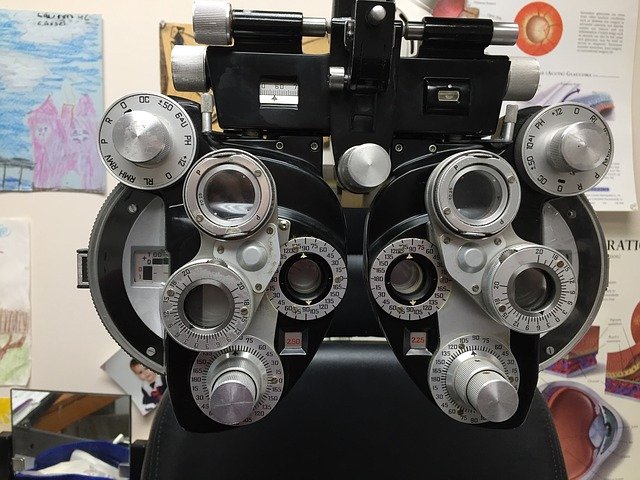
If you have recently been diagnosed with astigmatism, you may be wondering what it is, how to treat it, and how it occurred. It is, in short, an imperfection of the curvature in the eye resulting in blurred vision. Astigmatism is common and treatable, but it helps to learn a few key facts about this common eye condition.
There are several treatment options for astigmatisms
Sometimes astigmatism is not pronounced enough to require corrective actions. When it becomes more prominent, there are several treatment options such as glasses, Lasik, limbal relaxing incisions, toric intraocular lens implant, or lenses.
Another treatment includes toric contact lenses from providers such as 1 800 Contacts. Severe astigmatism may require rigid contact or glasses. Your eye doctor will be able to tell you the best course of treatment for your unique situation, so contact them if you start to notice any vision problems.
Astigmatism causes blurred vision
Astigmatism can happen when either the front of the cornea or the lens inside the eye has a curve that doesn’t match the other one. The surface ends up being egg-shaped rather than round, like a ball, which causes blurred vision at short or far away distances.
Astigmatism is prevalent
Many people have a case of astigmatism without realizing it. This condition is also common from birth and can co-occur with nearsightedness or farsightedness. It is vital to receive an annual exam from an optometrist to help detect astigmatism early and allow ample time for treatment.
Check children’s vision frequently
If you have kids, they may not realize their vision is blurred, so they should be screened for the disease frequently. A pediatrician, ophthalmologist, optometrist, or another trained screener may test children and adults for astigmatism. Children should be tested during:
- Newborn stage
- Yearly check-ups until they hit school age
- Every one to two years at a well-child visit
The sooner you know, the sooner you and your child’s optometrist can agree on a course of action.
Your eyes will tell you if something is wrong
If you start to feel regular discomfort in your eyes or your vision becomes blurry, you may have astigmatism. Signs of astigmatism include blurred or distorted vision, eyestrain, pain, headaches, difficulty seeing at night, headaches, and squinting. If you start to exhibit one or more of those symptoms, you should pursue one of the previously mentioned treatment options.
There is no known cause of astigmatism
It is currently unknown what causes astigmatism. However, astigmatism can be passed down from generation to generation. Annual eye exams are essential, so you and your eye doctor can monitor vision changes and make necessary corrections.
There are three kinds of astigmatisms
Even though other parts of the eye can contribute to the development of astigmatism, a diagnosis depends on the presence of three categories of refractive errors in the cornea:
- Myopic astigmatism: Occurs when light is focused before it reaches the eye
- Hyperopic: When one or both of the eyes meridians are farsighted
- Mixed: One principal meridian is near-sighted, with the other being farsighted
Knowing which kind of astigmatism you have can help you choose the corrective action or remedy that’s best for you.
Before you go
Have you been suffering from blurry vision? Are you concerned you may have astigmatism? Be sure to contact your doctor for an eye exam and consult them about the best course of action.










